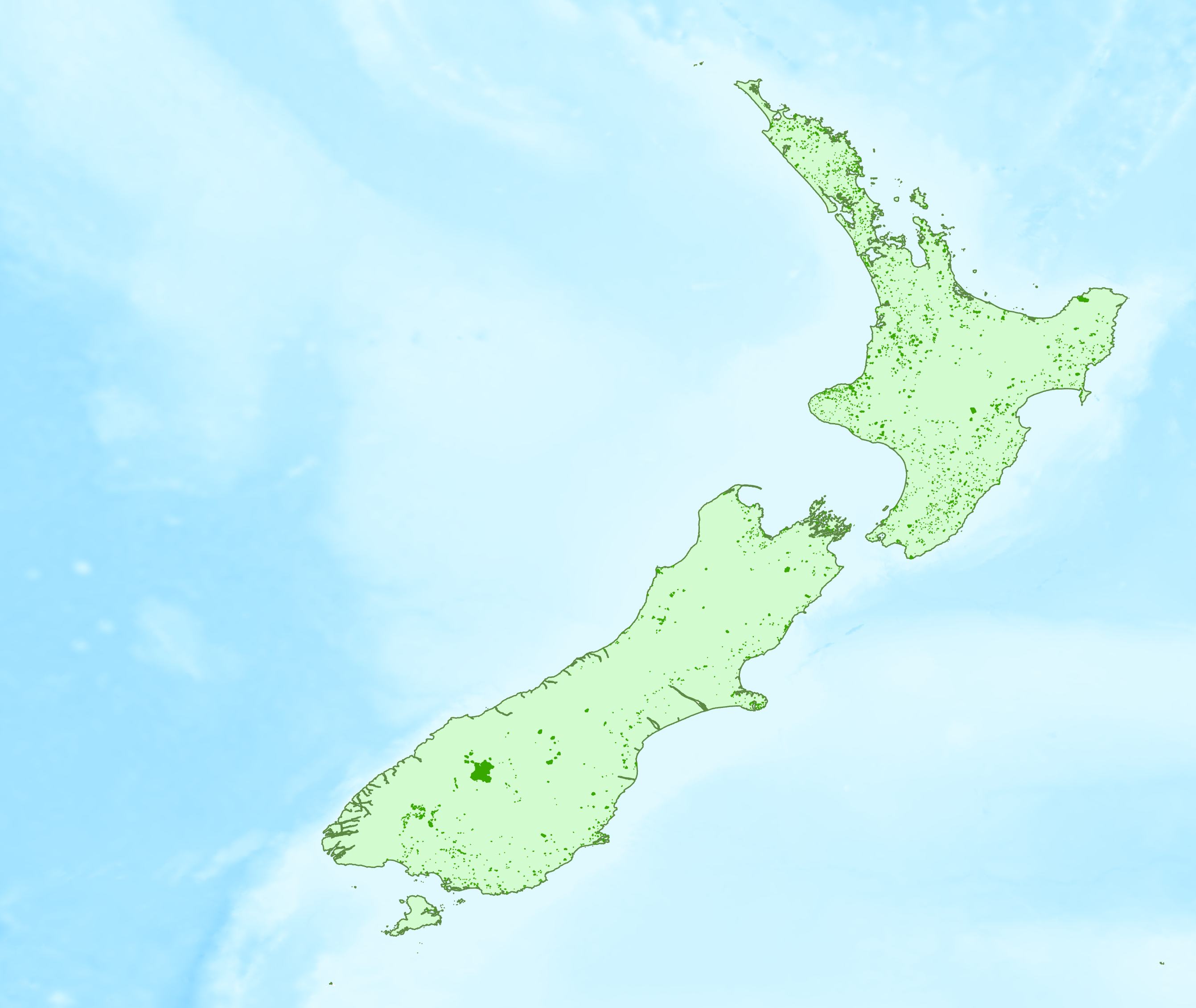New Zealand: important network of privately protected areas added to the WDPA
When we think of protected areas, we usually think of National Parks controlled and managed by government authorities. In reality, protected areas are often managed by private organisations or individuals, indigenous peoples, local communities, or a combination of stakeholders. Although the World Database on Protected Areas (WDPA) is approaching a comprehensive record of government protected areas, it has been less successful in documenting protected areas governed and managed by other actors.
The reasons for this vary, but often it comes down to a lack of centralised national data on non-government conservation efforts, or limited recognition of these efforts in national legislation and policy. When non-state protected areas are omitted from the WDPA, the database can’t accurately tell us how much of the world is protected, or where habitats and species might still be in need of protection.
UNEP-WCMC is working to address this problem by encouraging protected area managers to provide data directly, and by putting in place processes to verify (through government or non-government experts and knowledge-holders) the data before it is added to the WDPA. For a few countries, this policy has made all the difference. New Zealand is one of these success stories.
It started with a conversation at a meeting convened by IUCN’s World Commission on Protected Areas (WCPA) Specialist Group on Privately Protected Areas and Nature Stewardship in April 2019, and ended with 4,700 privately protected areas being added to the WDPA just over one year later. In between, the Queen Elizabeth II National Trust (QEII) worked hard to format their data according to the WDPA standards, and New Zealand’s Department of Conservation verified the data so that it could be included in the WDPA (Figure 1).

Figure 1: The 4,700 privately protected areas added to the WDPA.
QEII is an independent charitable trust that partners with private landowners to protect natural and cultural heritage sites on their land. As part of the QEII network, landowners retain ownership of their property and special areas are protected with legally binding covenants, which remain on the land title forever. QEII also regularly monitor the covenants and can provide landowners with support and advice.
Covenants in the QEII network range from small backyard patches to huge swathes of high country. They play a critical role as a refuge for some of New Zealand’s rarest and most endangered biodiversity and ecosystems. Each year, over 100 new covenants are added to the network. Sites such as these have a place in the WDPA, and their inclusion is a great step forward.
The QEII network adds almost 1,600 km2 to the terrestrial area under protection in New Zealand. It’s likely that many other countries have similarly extensive networks of protected areas under private or community governance. By reporting these areas to the WDPA, governments and other stakeholders can help build a better picture of protected areas globally, while celebrating the vital, but often unrecognised, contributions of non-state actors to conservation.
For more information on providing data to the WDPA, please contact [email protected]
News & Stories
View allProtected Planet Report 2024
Tracking progress towards global targets for protected and conserved areas.